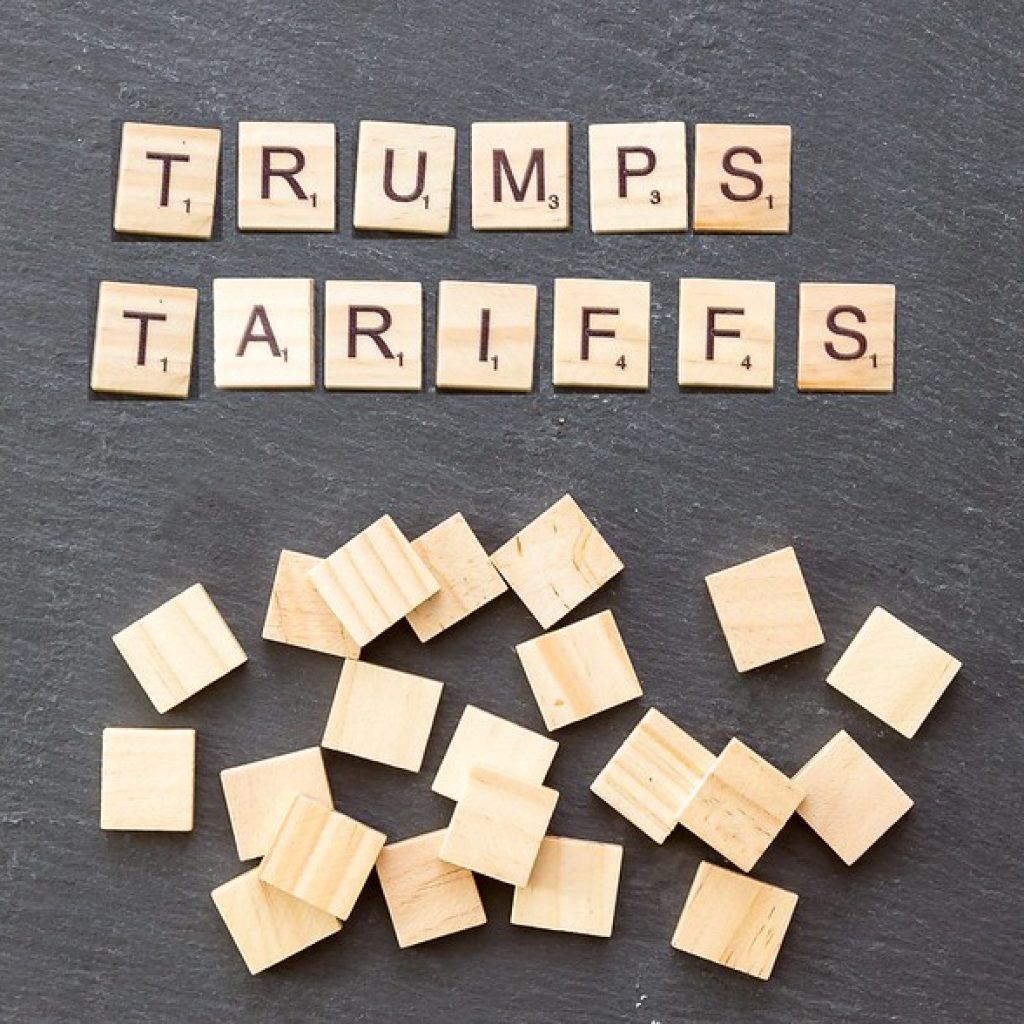1st Round of List 3 Tariff Exclusions Are Out!

We finally have official exclusions from President Trump’s tariff hikes on $200 billion worth of Chinese goods. Find out below if the goods you import from China can be excluded from these expensive 25% tariffs.
INLT, Universal Cargo’s excellent house customs broker, keeps us informed on all the latest developments when it comes to customs clearance. And, of course, we share that intel with you.
Therefore, there’s no surprise that INLT’s Chris Reynolds sent Universal Cargo an email right after the U.S. Trade Representative (USTR) published exclusions to the hefty tariffs shippers who import from China are currently facing. Reynolds wrote:
The U.S. Trade Representative issued the first set of exclusions from the third tranche of $200 billion in Section 301 tariffs on goods from China. The list of exclusions, provided below, takes effect retroactively from September 24, 2018 and will remain effective for one year following the publication of the notice.
Please read each exclusion carefully. Goods that are merely classified under the HTS number provided below will not qualify for the exclusion unless they satisfy all descriptive requirements.
List of Excluded Goods
Here’s the list of items excluded from the tariffs hike:
- Plastic containers. Container units of plastics, each comprising a tub and lid therefore, configured or fitted for the conveyance, packing, or dispensing of wet wipes (described in statistical reporting number 3923.10.9000)
- Polypropylene plastic caps. Injection molded polypropylene plastic caps or lids each weighing not over 24 grams designed for dispensing wet wipes (described in statistical reporting number 3923.50.0000)
- Kayak paddles. Kayak paddles, double ended, with shafts of aluminum and blades of fiberglass reinforced nylon (described in statistical reporting number 3926.90.3000)
- Polyester yarn. High tenacity polyester yarn not over 600 decitex (described in statistical reporting number 5402.20.3010)
- Nonwoven fabrics. Nonwovens weighing more than 25 g/m2 but not more than 70 g/m2 in rolls, not impregnated coated or covered (described in statistical reporting number 5603.92.0090)
- Pet cages. Pet cages of steel (described in statistical reporting number 7323.99.9080)
- Shopping carts. Carts, not mechanically propelled, each with three or four wheels, of the kind used for household shopping (described in statistical reporting number 8716.80.5090)
- Truck trailer brackets. Truck trailer skirt brackets, other than parts of general use of Section XV (described in statistical reporting number 8716.90.5060)
- Inflatable boats. Inflatable boats, other than kayaks and canoes, with over 20 gauge polyvinyl chloride (PVC), each valued at $500 or less and weighing not over 52 kg (described in statistical reporting number 8903.10.0060)
- Inflatable kayaks and canoes. Inflatable kayaks and canoes, with over 20 gauge polyvinyl chloride (PVC), each valued at $500 or less and weighing not over 22 kg (described in statistical reporting number 8903.10.0060)
Background of Duties & Exclusion Requirements
Originally, the tariff hike that went into effect on September 24th, 2018 “only” imposed additional 10% duties on $200 billion worth (annually) of imported goods from China. However, the USTR later modified the tariff hike to raise the additional duties on the Chinese goods to 25%. With that modification, the USTR also established a process to request exclusions from the tariff hikes.
The USTR lists three factors petitioners are required to address when requesting exclusion. Those factors are:
- Whether the particular product is available only from China and specifically whether the particular product and/or a comparable product is available from sources in the United States and/or third countries.
- Whether the imposition of additional duties on the particular product would cause severe economic harm to the requestor or other U.S. interests.
- Whether the particular product is strategically important or related to “Made in China2025” or other Chinese industrial programs.
You Can Still Apply for Exclusions
It was June 24, 2019 when the USTR gave notice of the updates to this Section 301 tariff hike. And the deadline for applying for exclusion has not yet been reached.
That means this publication of goods with tariff exclusions is not the final, all-inclusive list of goods that will receive exclusion. Of course, that information is already implied by calling the above list the first round of exclusions on the third tranche of the $200 billion in Section 301 tariffs on goods from China. The USTR has promised to regularly update and post the status of these pending tariff exclusion decisions.
From what the USTR has said in statements, including the publication of the above list, the final determination of whether or not an exclusion is granted (dependent upon the request meeting the given requirements) is based on if it would “undermine the objective of the Section 301 investigation.”
The actual deadline for submitting an exclusion request is September 30, 2019. We’re still in the early days of August, but the end of next month will be here before you know it, so get those exclusion requests submitted as quickly as possible if you still want to apply.
It should, of course, be remembered that once an item has been granted exclusion, that exclusion goes for all shippers who import that product — not merely stakeholder who applied for the exclusion.





Your blog is very informative. Here you talk about the How to Promote a Local Presence While Shipping Internationally. thanks for sharing this useful information.